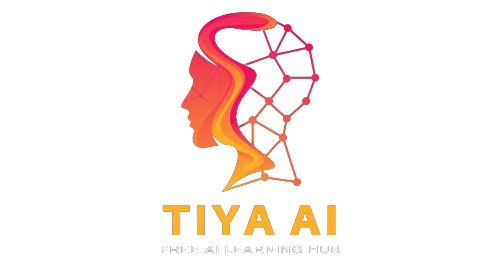Here is the difference between large language models and pre-trained language models:
- Definition:
- Large Language Models (LLMs): LLMs are a specific type of pre-trained language models designed for natural language processing (NLP) tasks. They are trained on massive datasets of text and code, enabling them to understand and generate human-like text.
- Pre-trained Language Models: Pre-trained language models are a broader category of models that can be used for various tasks, including NLP, machine translation, and image captioning. They are trained on large datasets of text and can be fine-tuned for specific applications.
- Size:
- Large Language Models (LLMs): LLMs typically have billions of parameters, making them capable of handling complex NLP tasks and processing vast amounts of information.
- Pre-trained Language Models: Pre-trained language models can have millions to billions of parameters, depending on the specific model. While they may not be as large as LLMs, they are still powerful and versatile.
- Focus:
- Large Language Models (LLMs): LLMs are specifically designed for NLP tasks, such as language translation, summarization, and question answering.
- Pre-trained Language Models: Pre-trained language models have a wider range of applications beyond NLP, including tasks like machine translation and image captioning.
- Training Data:
- Large Language Models (LLMs): LLMs are trained on massive datasets of both text and code, which allows them to understand and even generate programming languages.
- Pre-trained Language Models: Pre-trained language models focus primarily on large datasets of text.
- Fine-tuning:
- Large Language Models (LLMs): LLMs can be fine-tuned for specific tasks, which enhances their performance and makes them more accurate and efficient in targeted applications.
- Pre-trained Language Models: Pre-trained language models can also be fine-tuned for specific tasks, allowing them to adapt to various specialized requirements.
- Examples:
- Large Language Models (LLMs): Examples of LLMs include GPT-3, Jurassic-1 Jumbo, and Megatron-Turing NLG.
- Pre-trained Language Models: Examples of pre-trained language models include BERT, RoBERTa, and DistilBERT.
In summary, large language models are a specific category of pre-trained models designed for NLP tasks, trained on extensive text and code datasets, and capable of fine-tuning. Pre-trained language models, on the other hand, have a broader range of applications, are trained primarily on text datasets, and are also capable of fine-tuning for specific tasks.
